If you’ve been paying any attention to trends in health and nutrition these past few years, it’s virtually certain that you’ve heard of the ketogenic diet.
The idea behind ketogenic dieting, also known as “keto”, is that by restricting your carbohydrate intake, you can normalize your insulin and glucose blood levels[1,2] – a basic metabolic change that comes with profound downstream health benefits.
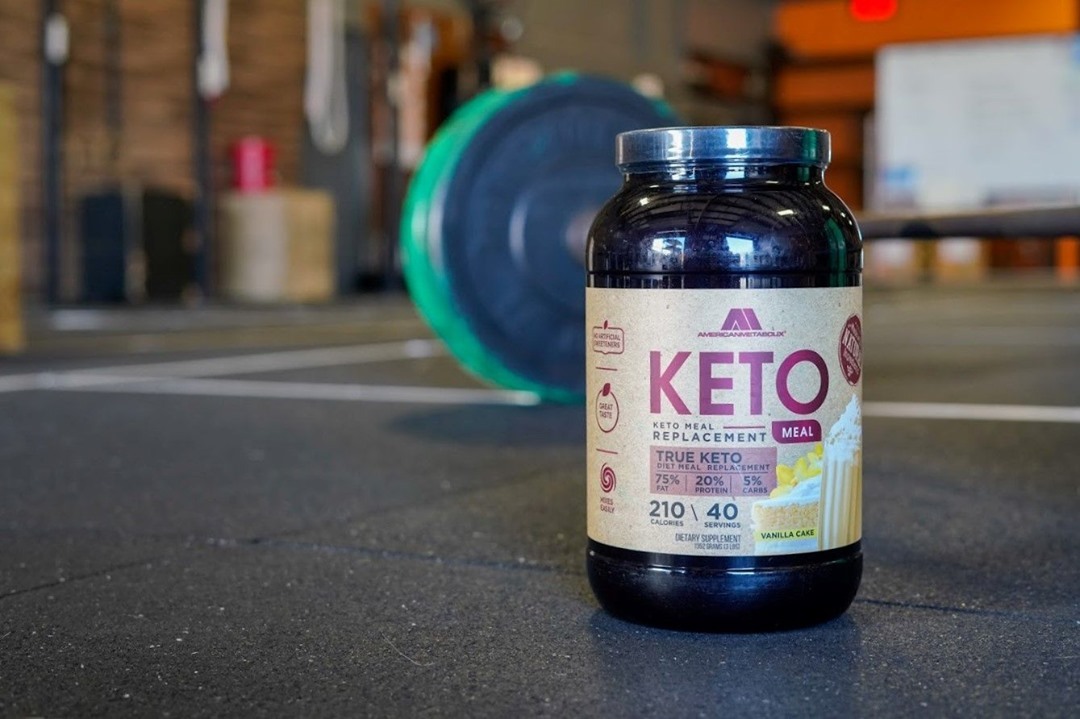
The ketogenic diet isn’t always easy, but for those who are insulin resistant (or worse), it can have absolutely incredible effects. Today, we discuss a true keto meal replacement to make keto life easier.
People who adhere to the keto diet, sometimes referred to as a “very low-carb” or VLC diet, can expect to eventually see an improved triglyceride[3,4] and cholesterol[5,6] profile. It’s even been clinically used to reverse type 2 diabetes.[7-12] When you really stick with a keto diet, the body begins to transition to a greater usage of fat as its energy source, through the creation of ketone bodies. Although difficult at first, this state (known as ketosis) often leads to greater overall energy expenditure over time (generally after a few weeks).[13]
Well-adhered keto dieters can expect to see some degree of weight loss due to the combination of greater energy expenditure and the appetite-suppressing effects of favoring protein and fat over carbs.[14] And there’s more: the fat that people lose on keto diets is, generally, visceral fat,[15] which is a type of fat that’s more harmful and more difficult to lose than subcutaneous fat.
In one landmark study, an incredible 95% of subjects with type 2 diabetes who adopted a ketogenic diet were able to reduce or discontinue their medication within six months![7] Other studies – some still ongoing, have had similar success.[8-12]
Suffice it to say, although any given diet isn’t going to work for everybody, there are tons of great reasons to give the ketogenic diet a try – especially if you suffer from metabolic syndrome or insulin resistance.
The keto diet convenience problem
But there is a problem with keto: a lack of truly keto meal replacement options.
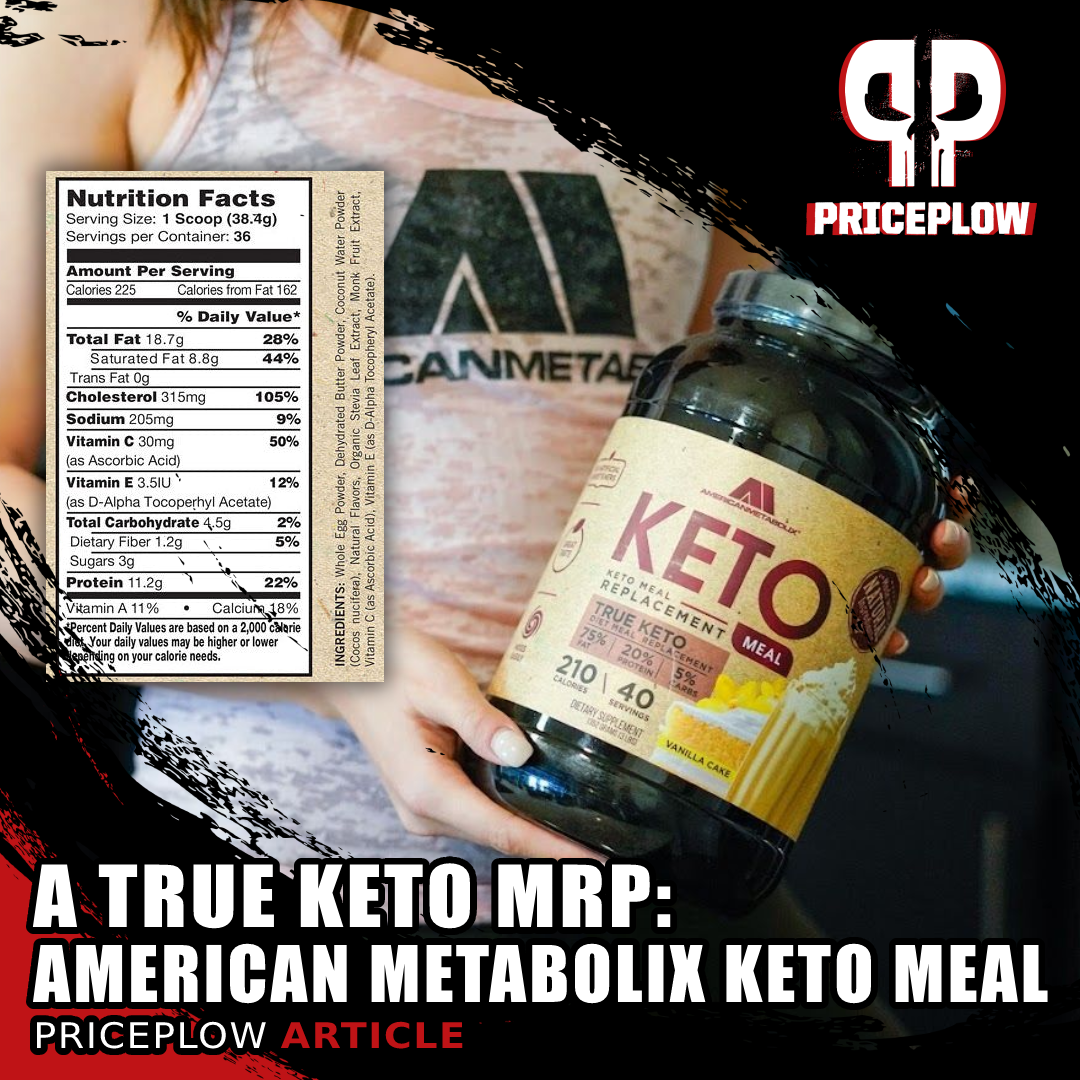
With calories coming from 75% fat, 20% protein, and 5% carbs, American Metabolix Keto Meal is a real ketogenic meal replacement – and it uses keto-friendly foods like whole eggs and butter!
As the American Metabolix team quickly realized, high quality, pre-prepared food that sticks to the traditional keto macros – defined as no more than 5% to 10% of caloric intake from carbohydrates along with a high amount of fat (generally 75%) – is hard to find. Existing “keto products” are hobbled by a lack of ingredient purity and less than ideal macros for most keto dieters. A lot of them just have an unpleasant taste, use too much fake fiber, are too low in fat, or are downright slimy. Keto snacks also tend to be very expensive.
Meanwhile, a major foundation of Keto Meal is simply butter and eggs – two incredible foods that can be the cornerstone of any good low-carb diet.
American Metabolix Keto Meal is born
Annoyed by the lack of good options, they set out to create one, and that’s how Keto Meal from American Metabolix was born.
With less than 10% of its calories coming from carbohydrates, Keto Meal will definitely keep you in “full” ketosis, where the vast majority of your energy requirements are met by fat metabolism, as opposed to carbohydrate metabolism. And best of all? It’s made from eggs and butter. For keto dieters, it doesn’t get much better — or more interesting — than this incredible product.
We cover the details below, but first check PricePlow’s coupon-powered prices and sign up for our American Metabolix news alerts, there’s more to come:
American Metabolix Keto Meal – Deals and Price Drop Alerts
Get Price Alerts
No spam, no scams.
Disclosure: PricePlow relies on pricing from stores with which we have a business relationship. We work hard to keep pricing current, but you may find a better offer.
Posts are sponsored in part by the retailers and/or brands listed on this page.
This area is reserved for Team PricePlow's upcoming Ingredients video.
Subscribe to our channel and sign up for notifications so you catch it when it goes live!
Keto Meal Macros
Before getting into the ingredients, let’s start with the macronutrients in each 1 scoop serving (38.4g), so you can see the 75/20/5 fat/protein/carb split yourself:

Most “keto” products we’ve seen are simply low-carb. This one’s actually high-fat, moderate protein, and low-carb.
-
Calories: 225
-
Total Fat: 18.7g
-
Saturated Fat: 8.8g
-
-
Total Carbohydrate: 4.5g
-
Dietary Fiber: 1.2g
-
Sugars: 3g (none added)
-
-
Protein: 11.2g
Keto Meal Ingredients
How’d they make those macros work? With real food, only dehydrated:
-
Whole Egg Powder
This is exactly what its name implies – whole egg powder is made from eggs that have been pulverized and dehydrated so that they’re shelf-stable and easy to mix with other ingredients.
Eggs have been alternately demonized and praised in the popular scientific press in recent years, so for those of us with just a casual interest in nutrition, it can be hard to tell what’s going on! Are eggs good or bad? You probably know our answer to that question, but let’s dig in.
First, let’s talk about the incredible potential health benefits of eating eggs – and then finish with a quick discussion of the caveat.
Micronutrients
The first thing to note about eggs is that they’re incredibly rich in micronutrients – one of the most nutrient-dense foods you can eat, in fact. A single egg gets you nearly 30% of the RDA of selenium, 20% RDA of vitamin B12, and 10% RDA of vitamin A.[16] Crucially, the vitamin A that occurs in eggs is the natural activated form, retinol, which can actually be used by the body (as opposed to plant-sourced carotenoids that are often called vitamin A even though they’re really vitamin A precursors).
Eggs are also a more-than-decent source of zinc,[16] a mineral that has been called the “master mineral of the male endocrine system” due to its incredible ability to regulate testosterone levels.
These numbers are more impressive when you remember that a single egg only contains about 70 calories[16] – so you can eat a lot of eggs in a day before hitting your maintenance calories, if you wish, and that’s going to rack up your micronutrient intake really fast.
Choline (~150 mg[16] per egg)
Eggs are also an incredibly rich source of choline.
Eggs are one of the many foods where choline is plentiful, so feel free to enjoy! Just be careful of that mayo if you decide to do deviled eggs – lots of toxic omega-6 seed oils out there.
The primary role of choline in the body is maintaining the structure of cells’ membranes.[17] Choline acts in the central nervous system (CNS) as a precursor to acetylcholine, which we at PricePlow often call “the learning neurotransmitter” because of how important it is for acquiring and consolidating new information.[18] Raising your acetylcholine levels can improve not just learning and memory, but also a wide range of other cognitive functions, including balance and coordination.[19,20]
The consequences of choline deficiency are not good – not getting enough can lead to cognitive impairment, organ damage and non-alcoholic fatty liver disease (NAFLD).[21]
In higher doses, increased choline intake can aid weight loss,[22] which is consistent with most keto dieters’ goals. It also synergizes with carnitine,[23-25] a compound found in red meat that has tons of benefits. So if you’re eating red meat as part of your keto diet – highly advisable – then you can amplify those benefits by mixing it with egg consumption.
Lutein + Zeaxanthin (~250 micrograms per egg)
Lutein and zeaxanthin are powerful antioxidants that concentrate in human eye tissue.[26,27]
Lutein is categorized as a carotenoid, a class of phytochemicals that possesses anti-inflammatory properties. Lutein acts to filter blue light out of the spectrum as light enters the eye, which ends up extending the longevity of photoreceptors within the eye that can be easily damaged by excessive blue light exposure.[28]
The research literature shows that people with a high level of lutein consumption have lower rates of chronic eye diseases like macular degeneration and cataracts.[28-30] The anti-inflammatory effects of lutein are even powerful enough to slightly improve cognition.[28]
The effects of zeaxanthin are similar, and much of what we reported about lutein applies. In a study where researchers gave elderly subjects with impaired vision a drink containing lutein, zeaxanthin, and DHA for one year, the subjects saw greater month-to-month improvements in macular pigment optical density (MPOD) and visual acuity than the placebo group.[31]
Satiety
Eggs are extremely filling – they’re protein dominant, meaning that the majority of calories in eggs come from protein. This is a great thing because protein is the most satiating of the three macronutrients.[32]
In one study, 30 overweight women ate eggs for breakfast instead of bagels, and ate fewer calories than usual over the course of the following 36 hours.[33]
Raise “good” Cholesterol
This one is pretty straightforward. We’ve all heard that low density lipoprotein (LDL) cholesterol is the “bad” cholesterol, whereas high density lipoprotein (HDL) is the “good” cholesterol. While the LDL cholesterol hypothesis doesn’t remotely stand up to science in numerous situations,[34-38] we do agree that HDL cholesterol is a fantastic metric for overall metabolic health (especially when combined with a low triglyceride score).[35,38] Regardless, it turns out that eating eggs can effectively raise HDL.[39-41]
The Framingham Study showed that HDL is the actual “risk factor”, followed by triglyceride. A hazard ratio of 1.0 represents an equal risk between groups. Below 1.0 is less risk, greater than 1.0 is greater risk. It turns out that if your HDL is high and your triglycerides are low — which generally happens with enough time on a ketogenic or carnivorous diet — you’re at a lower risk of heart disease![34] Other studies have also confirmed this.[35-37]
Note: “Egg Hyper-Responders”
Although the idea that dietary cholesterol intake raises one’s risk of cardiovascular disease (CVD) has increasingly been shown to be a fraudulent myth, with large studies finding no association between egg consumption and CVD,[42] there does appear to be a subpopulation of “high responders” who may see adverse changes in their blood cholesterol profile from a high dietary cholesterol intake.[43]
In that study, roughly one-third of dieters had an increase in both LDL and HDL cholesterol, with negligible changes to the ratio.[43] Given that HDL is a more powerful indicator of metabolic health than LDL,[34-38] we argue that this is a net positive in these egg hyper-responders, but it’s still worth noting.
As always, talk to your doctor, but make sure you see a well-researched one who understands how lipid biomarkers actually measure health.
-
Dehydrated Butter Powder
Dehydrated butter powder is made in a similar way to the whole egg powder – it’s basically just dried out butter. Butter is infamously high in saturated fat – the dietary intake of which has been very falsely thought to be a major risk factor for CVD.[44,45]
Don’t fear the saturated fat: the real research
Dietary saturated fat is not unhealthy! The “4 Core Trials” used by the American Heart Association to push saturated fat elimination are woefully poorly done and out of date.[44]
The “saturated fat bad” position is finally being rethought, as recent research indicates that coronary heart disease is actually driven by chronic inflammation,[46] rather than the supposedly “artery-clogging” properties of saturated fat. Research reviews are finding that the association between saturated fat intake and adverse cardiovascular outcomes is weaker than previously suspected.[44] The original research from the 1950s used by the American Heart Association to falsely speculate that saturated fat is unhealthy does not pass any level of modern scientific scrutiny.[44]
Because of these shifting research trends and the popularization of the keto diet, there are tons of articles out there these days about the benefits of saturated fat (and of butter in particular), as the old nutritional consensus is increasingly questioned and abandoned. Many of these articles focus on the incredible benefits of medium-chain triglycerides (MCTs),[47-51] which are found in dairy products.
So instead of rehashing what so many others have written, we want to present you with a relatively uncommon argument for including dairy fat in your diet.
Milk Fat Globule Membrane – the Key to Dairy Fat’s Benefits?
You’ve probably heard that your body’s cells are enclosed by a cell membrane, a matrix of fats, sugars and proteins that act as a protective barrier for the inner organelles.
Americans did listen to the food guidelines.. and we got sicker and fatter than ever. Are we sure red meat, saturated fat, and cholesterol are really the issue?!
It turns out that milk fat molecules are surrounded by a similar membrane – this is called milk fat globule membrane (MFGM). Because butter is basically pure milk fat, a serving of butter will have incredibly high concentrations of MFGM.
The MFGM contains sphingomyelin, a type of lipid (fat), and gangliosides, a lipid-sugar complex. These two compounds accumulate in the human brain and CNS where they’re used to create myelin sheaths[52,53] around nerve fibers. This is crucial for optimal cognitive health because the myelin sheath insulates nerve fibers from ambient electrical interference, which is critical for efficient nerve function.[54,55]
There are many other components of MFGM, some of which have been discovered to be important for immune[56,57] and cardiovascular[58] health.
The MFGM seems to specifically have some positive effects on the gut’s mucosal and epithelial layers, thus supporting the overall integrity of the gut.[56,57] Having a healthy, sealed gut is incredibly important for optimal overall health, so this is something you should pay attention to.
MFGM also appears to improve cognition in adults. A randomized, double-blind, placebo-controlled study in aged Japanese subjects found that the group receiving MFGM showed significant improvements in muscle and neuromotor function, compared to placebo.[59]
-
Coconut Water Powder
Although the potential health benefits of a keto diet are many, one potential pitfall lies in the fact that low-carbohydrate diets significantly increase your body’s loss of water and electrolytes.[60] Coconut water is a useful addition to a keto meal-replacement powder because it acts as an osmolyte, helping the body hold onto water with naturally occurring electrolytes.[61]
This likely also improves the flavor profile just a touch as well.
-
Vitamins C & E
One of the concerns that people have when starting a keto diet is the possibility of developing a vitamin C deficiency because the animal foods that form the basis of most successful keto dieting attempts don’t contain naturally occurring vitamin C.
While that hasn’t semed to be a problem after many years of the diet’s popularity, American Metabolix added some vitamin C to Keto Meal – enough to prevent deficiency as long as Keto Meal is used for more than 10 to 20% of users’ daily calories.
Vitamin C is important for optimal immune function. It’s an antioxidant and also serves as a cofactor for many enzymes that are crucial for healthy metabolic function.[62] It also helps support the integrity of the the epithelial layer of the skin, supports the action of certain types of immune cell, and is used by the to get rid of damaged cells[62] in a process called autophagy.
Vitamin C increases your body’s number of lymphocytes, which are needed for the adaptive immune response.[62] Deficiencies in vitamin C can lead to compromised immunity and a higher risk of illness.[62]
Vitamin C is also involved in collagen synthesis, which is necessary for strong connective tissues, bones, joints, and cartilage.[63]
Both vitamin C and vitamin E help prevent lipid peroxidation[64] – the process by which polyunsaturated fats in the blood are oxidized. Lipid peroxidation is thought to be a driving process in atherosclerosis.[64]
Although the fats in Keto Meal are predominantly saturated (a good thing!), eating more fat overall will inevitably lead to an increase in polyunsaturated fat intake. So if you have a higher fat intake, a little extra anti-peroxidation support is definitely valuable.
-
Stevia & Monk Fruit Extract
This is the popular duo of natural zero-carb / zero-sugar sweeteners, helping to improve the flavor of Keto Meal without ruining its macronutrient profile. Both of them are generally accepted as safe.
Interestingly, you’ll notice that there are no thickeners, emulsifiers, or dispersion agents. All natural eggs and butter don’t need help!
Flavors available
Needless to say, this won’t taste like your standard meal replacement powder! It’s rich, creamy, and filling! American Metabolix provides the following rich and delicious flavors:
Conclusion: A Keto Meal Replacement that’s actually ketogenic
Aside from the few variations of beef jerky that don’t have a bunch of added junk, snacks are far too often carbed up. Even low-carb processed food is generally not ketogenic (as in high-fat), or they use fake fibers that do have glycemic impact, despite what marketers claim.
American Metabolix Keto Meal takes a simple but elegant approach, relying on two of the best foods that anyone who’s using the keto diet can possibly eat – eggs and butter! This is not just low-carb and moderate protein, but it’s high-fat, and every keto dieter should consider having some in the house in case they’re low on food or need an alternative snack.
If you used Keto Meal in conjunction with a high red meat intake, you’d be doing keto about as well as it possibly can be done – and this can definitely keep you from falling off the wagon.
American Metabolix Keto Meal – Deals and Price Drop Alerts
Get Price Alerts
No spam, no scams.
Disclosure: PricePlow relies on pricing from stores with which we have a business relationship. We work hard to keep pricing current, but you may find a better offer.
Posts are sponsored in part by the retailers and/or brands listed on this page.
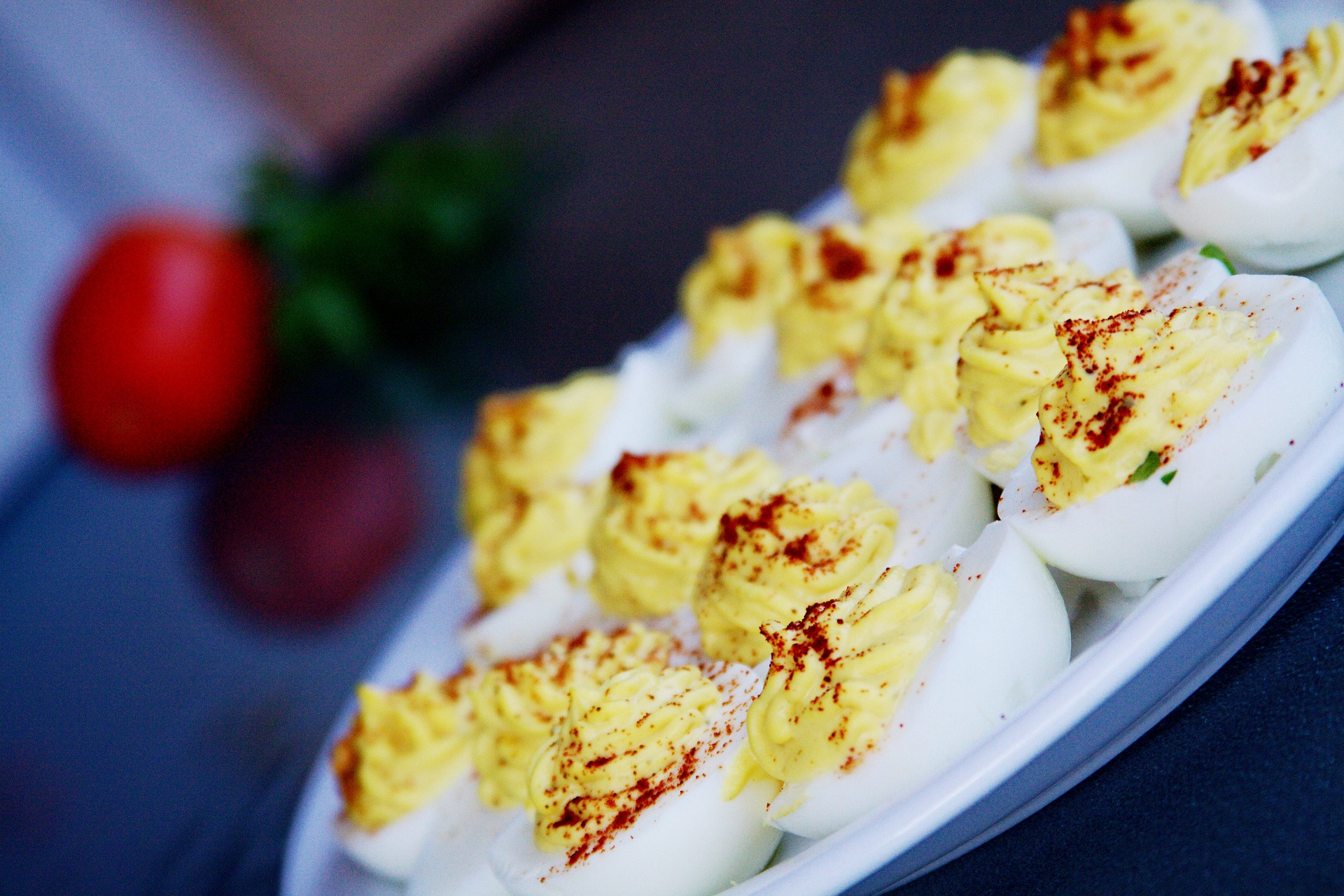
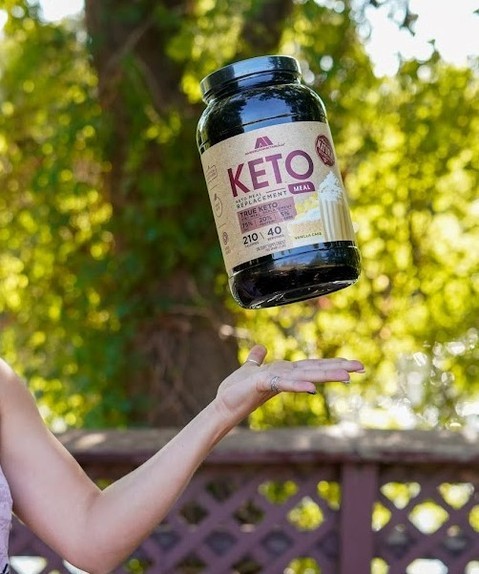
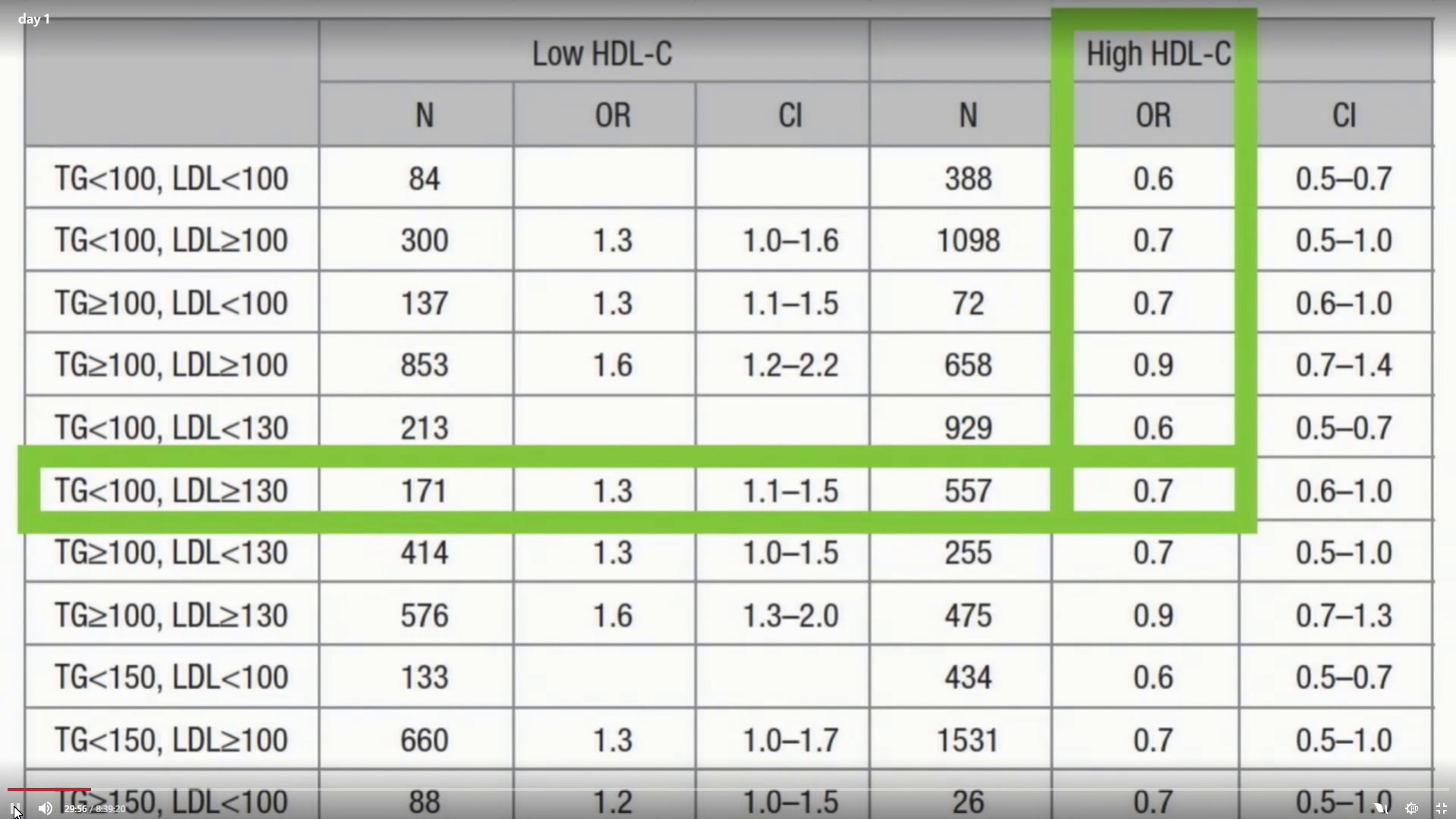
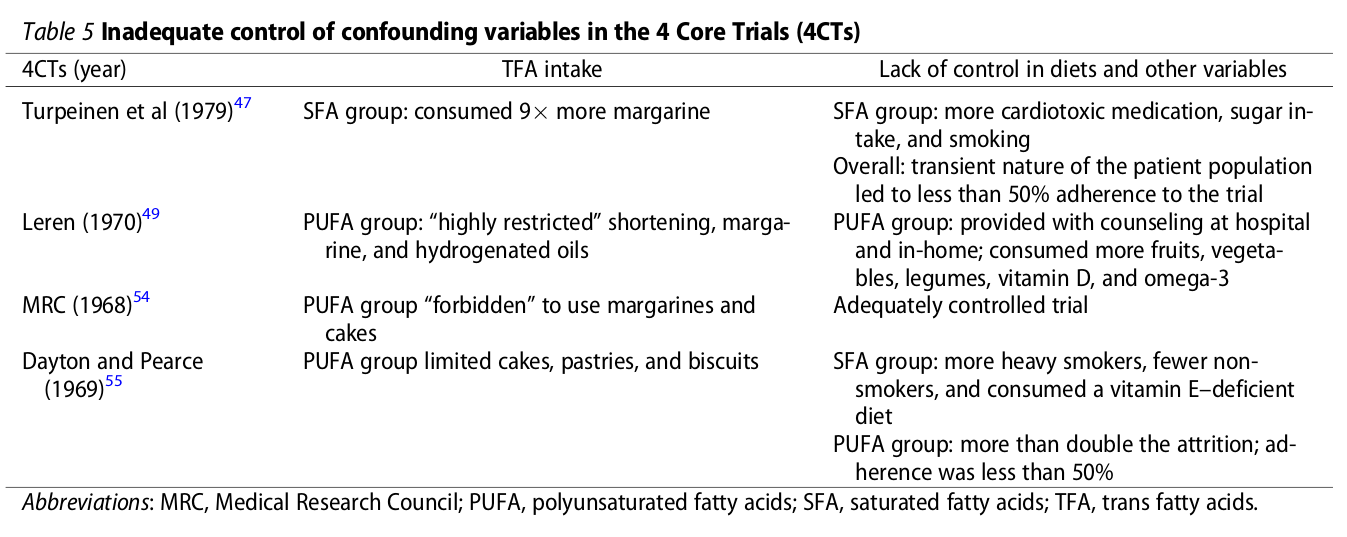
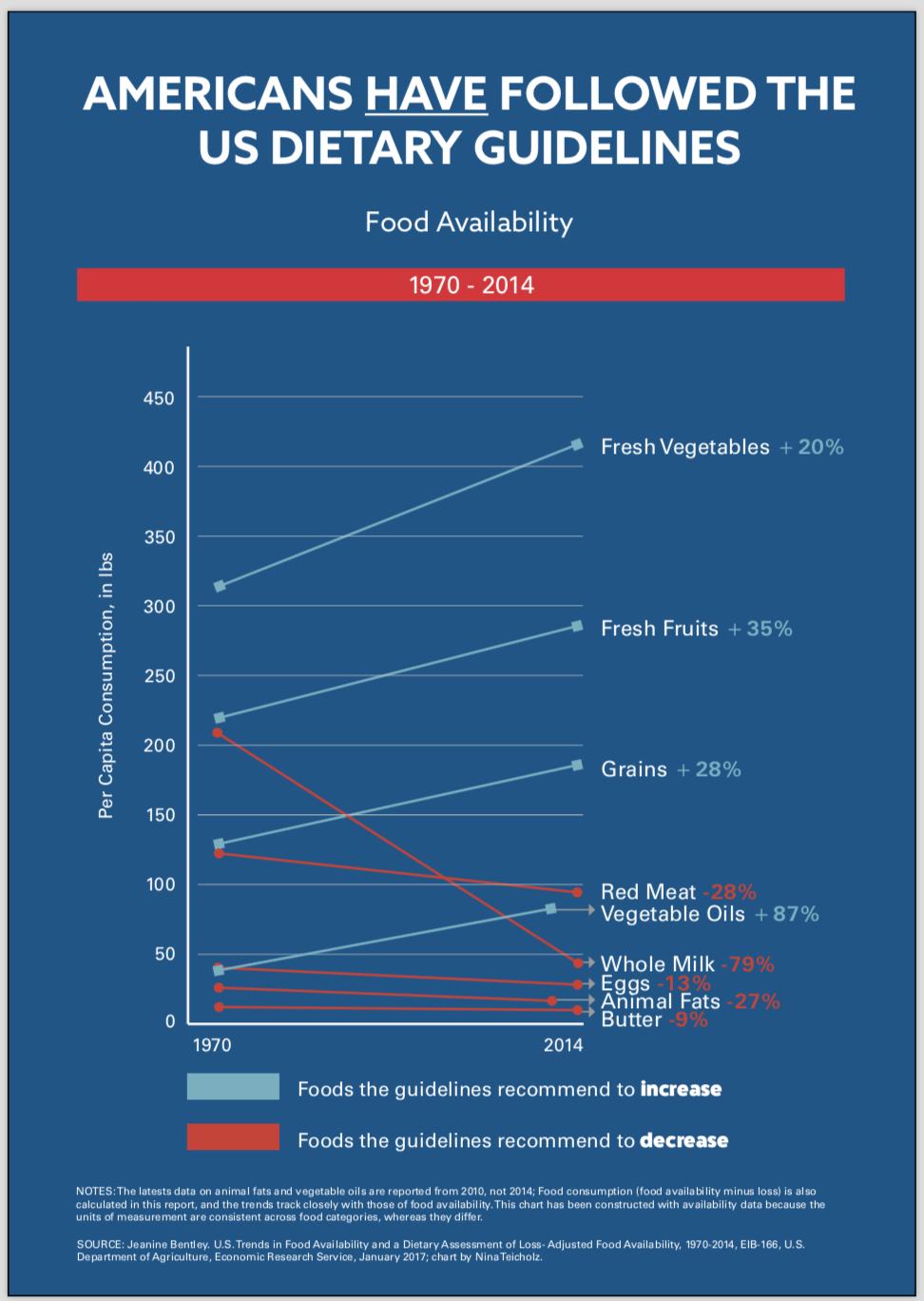

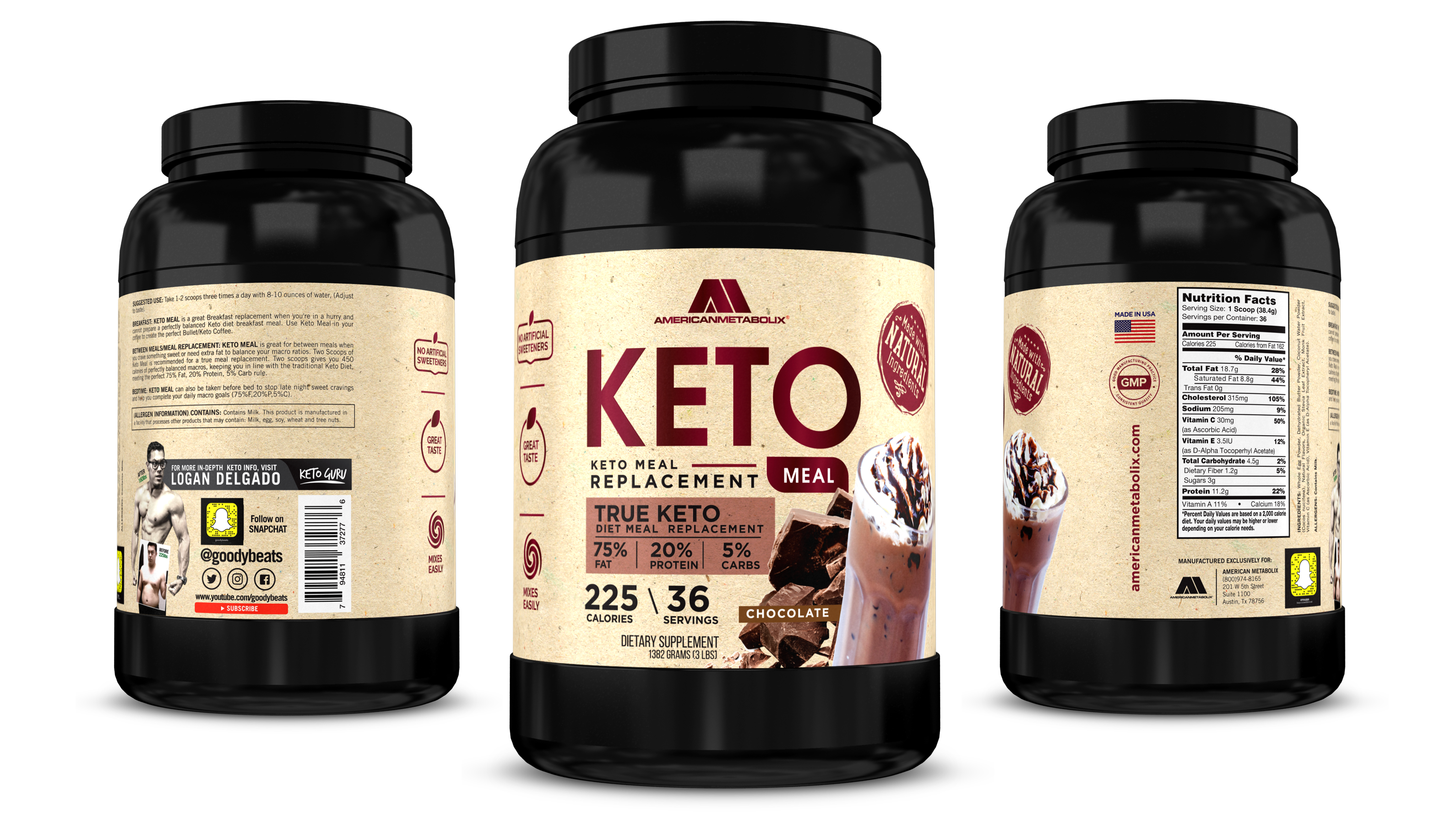
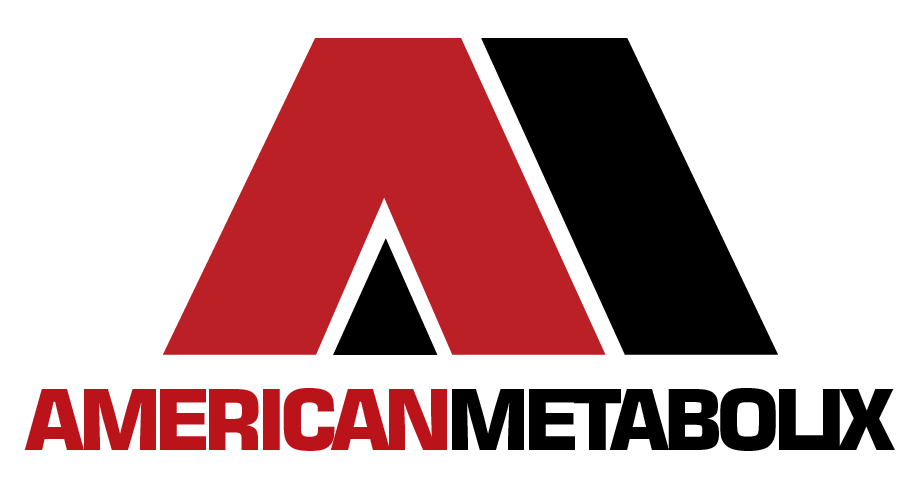



Comments and Discussion (Powered by the PricePlow Forum)